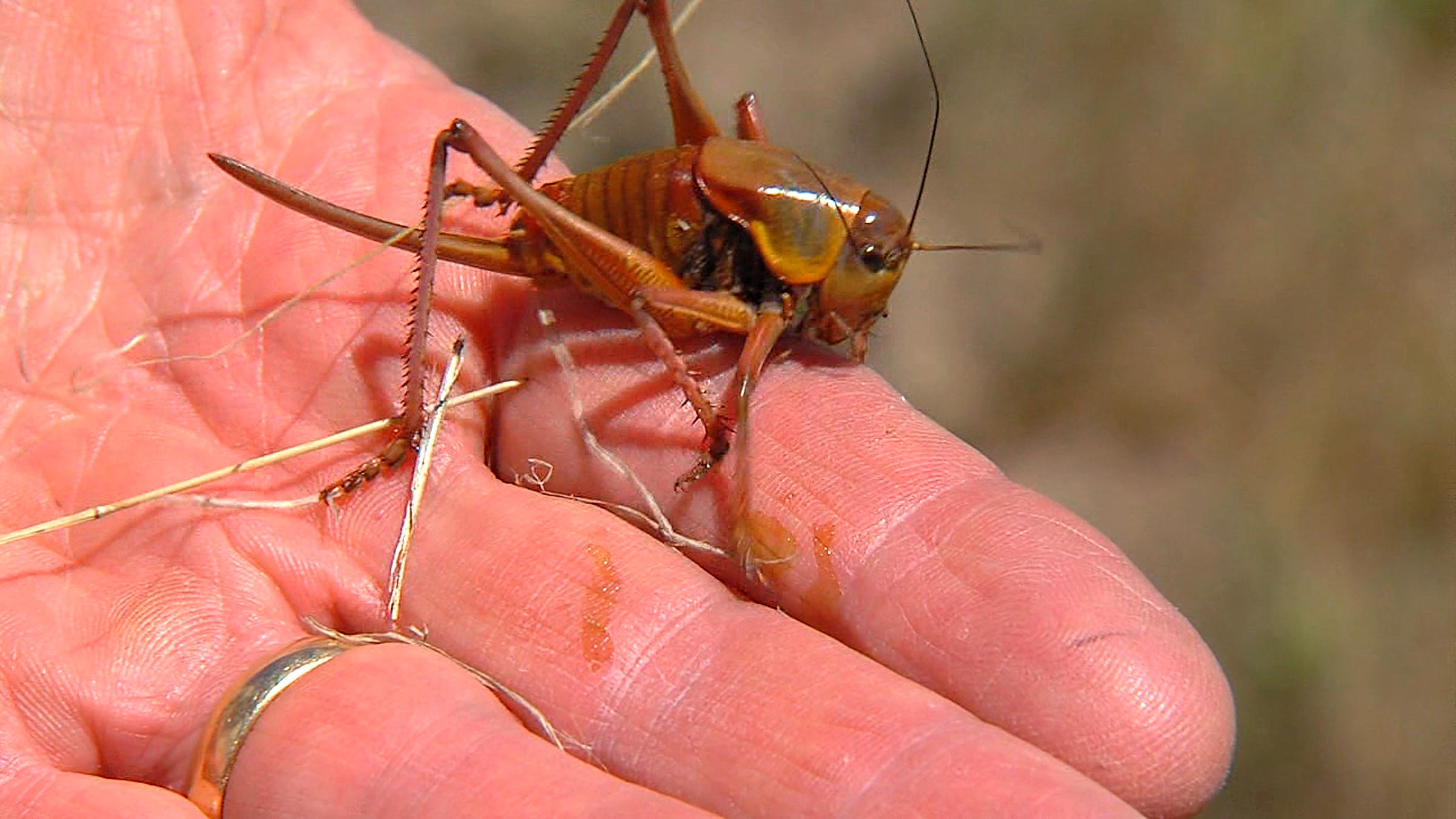Farmers and ranchers already know: Mormon crickets are back
Jun 21, 2023, 4:33 PM

Utah's invasion of Mormon crickets photographed Tuesday morning, May 29, 2012 near Beaver. But state and federal agencies jumped into the battle early, and they think they may have won the fight. (Alan Neeves, Deseret News)
(Alan Neeves, Deseret News)
ELKO, Nevada — Millions of shield-backed katydids, or Mormon crickets, arrived in Elko, Nevada this month.
It was expected. Making a stop in the Intermountain West is pretty common, said the state officials who keep their eyes on bugs.
“They are cyclical,” State Entomologist Kris Watson said. “It’s a 20-year cycle for Mormon crickets. So these pests will come and they will boom in population and then bust.”
And Watson said indeed, it has been about 20 years since our last infestation. “So we’re probably due for increased populations in certain areas.”
They aren’t a physical threat to humans
To say they aren’t a threat to humans is to say they don’t want anything from us.
“They’re annoying, large, and creepy,” Watson said.
But don’t say they weren’t an emotional threat to people in Elko, where, USA Today reports, residents were blowing the crickets off of hospital walls with leaf blowers a few weeks ago so that people could get inside.
Farmers and ranchers will tell a different story about the damage done by Mormon crickets. The Idaho Statesman reports that farmers in southern Idaho are calling officials for help to keep their crops from being destroyed by the insects. The crops of apple and cherry farmers are particularly at risk.
Is all the water to blame?
Utah’s record-breaking snowfall has been tied to a lot of things in recent months, namely, the state’s reservoirs and the Great Salt Lake filling back up after a historic battle with drought. But while the water is feeding the food the insects eat, it’s not necessarily bringing more of them here.
“Drought is more of a common thing for these critters to thrive in,” Watson said. Other than this year or right now, Utah has been in a megadrought for two decades.
As for that name
The shield-backed katydids are more commonly known as Mormon Crickets, although they are not crickets. They got the name when pioneers from The Church of Jesus Christ of Latter-day Saints first had to deal with swarms of them in the late 1840s.
Other reading: Cockroaches are becoming immune to insecticides. Have a great day













